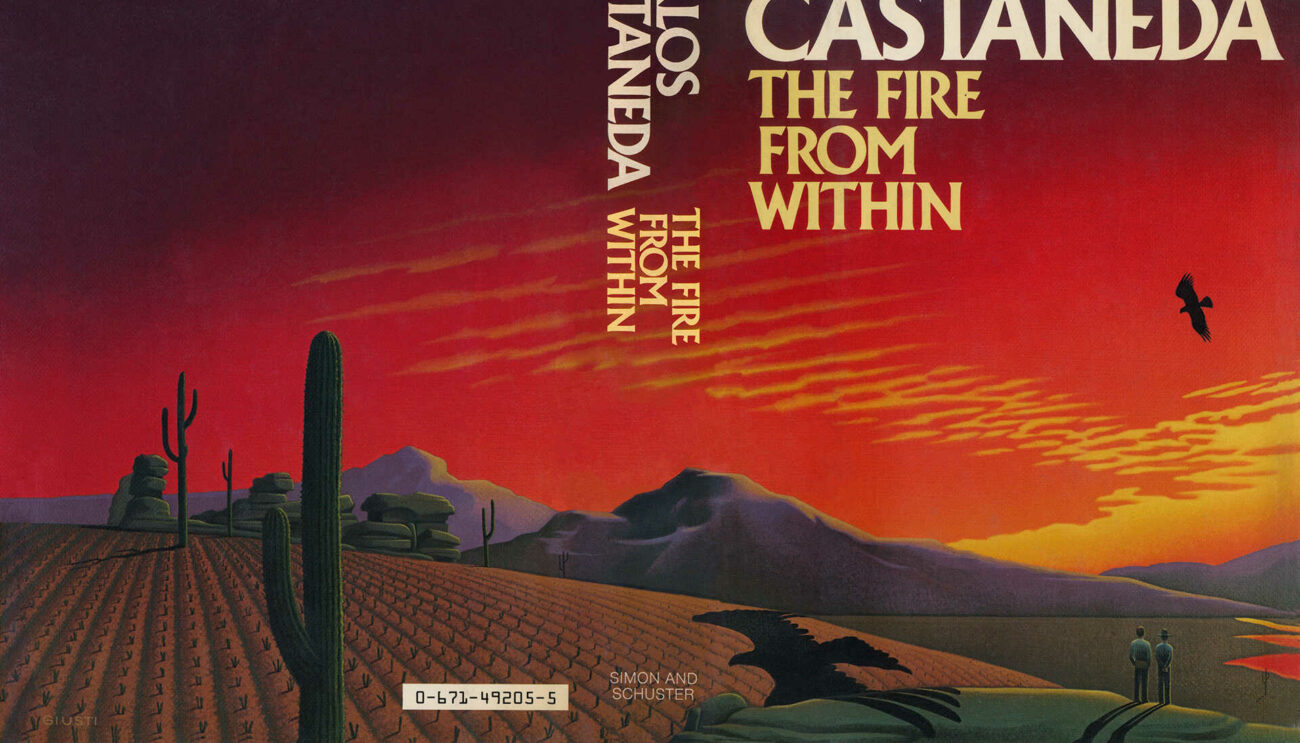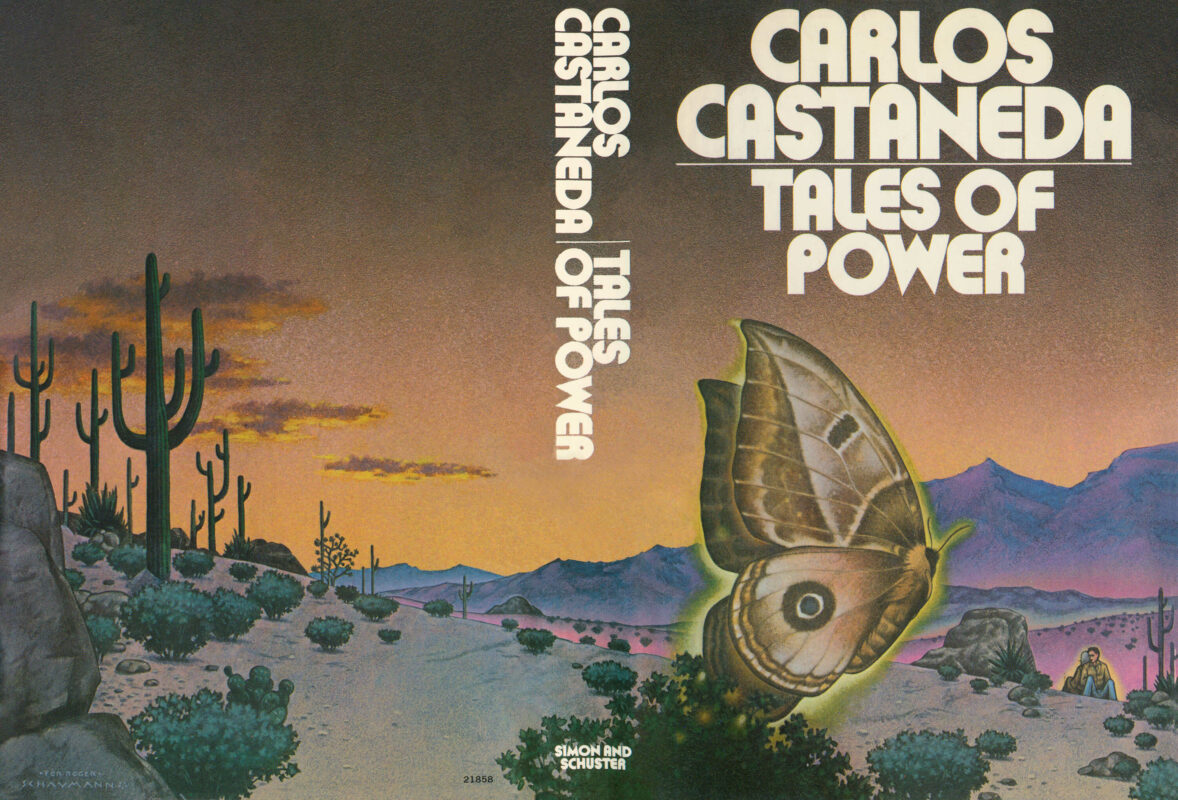Silent Knowledge – Inner Silence
This chapter focuses on “inner silence,” the ultimate goal for the sorcerers of ancient Mexico and the culmination of the other four practices. Don Juan defined it as a natural state of perception free from the internal dialogue, where awareness becomes sharper and knowledge is instantaneous. This state is the matrix for an evolutionary leap called “silent knowledge”. Castaneda explains that it is achieved through the disciplined practice of forcing oneself to be silent for accumulating periods of time, until a personal threshold is crossed. He then recounts his own experience of reaching this threshold, which resulted in “stopping the world” and becoming consciously aware, for the first time, that he was *seeing* energy directly. Don Juan clarified that this was not a new perception, but rather becoming deliberately conscious of an awareness that had always been present.


